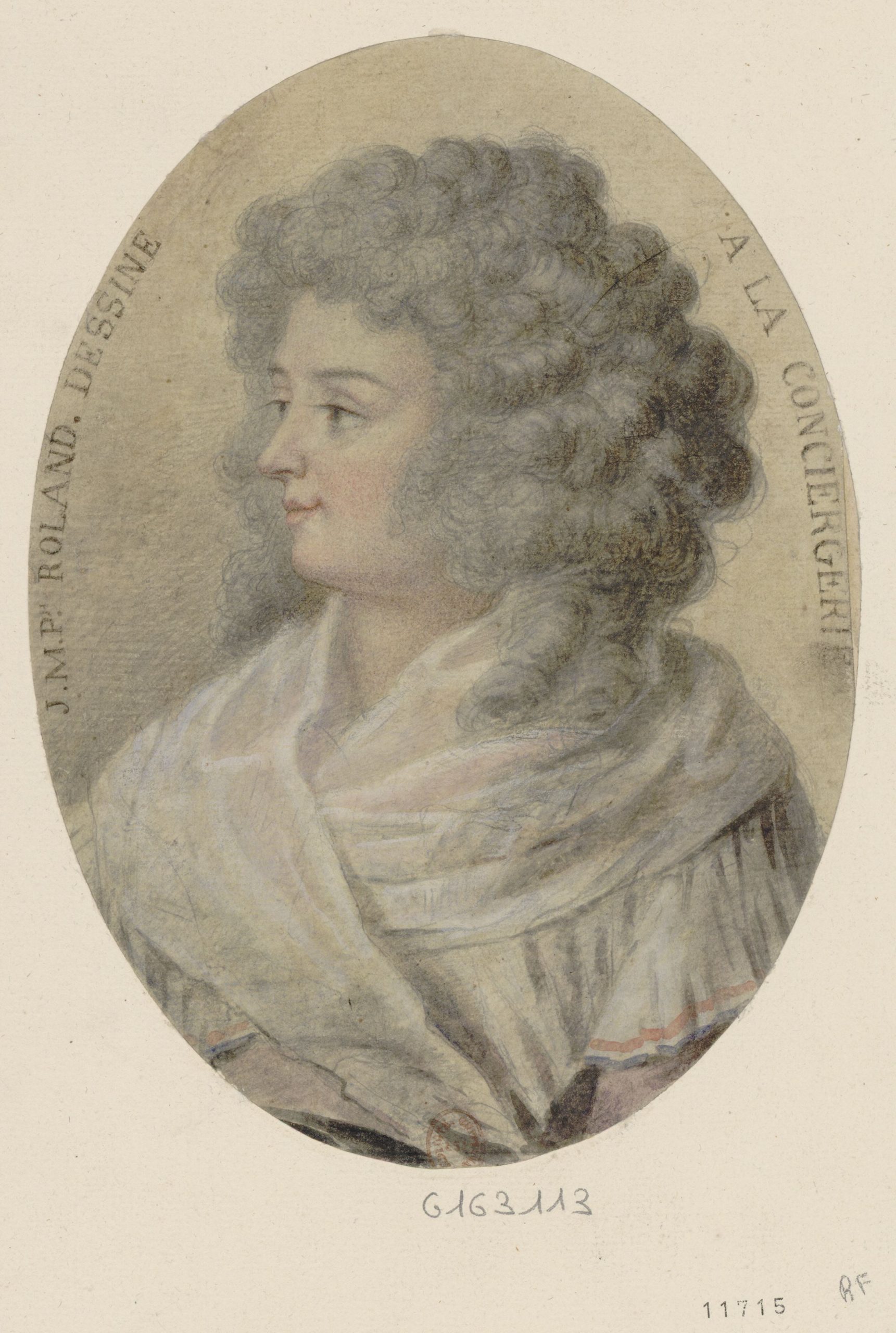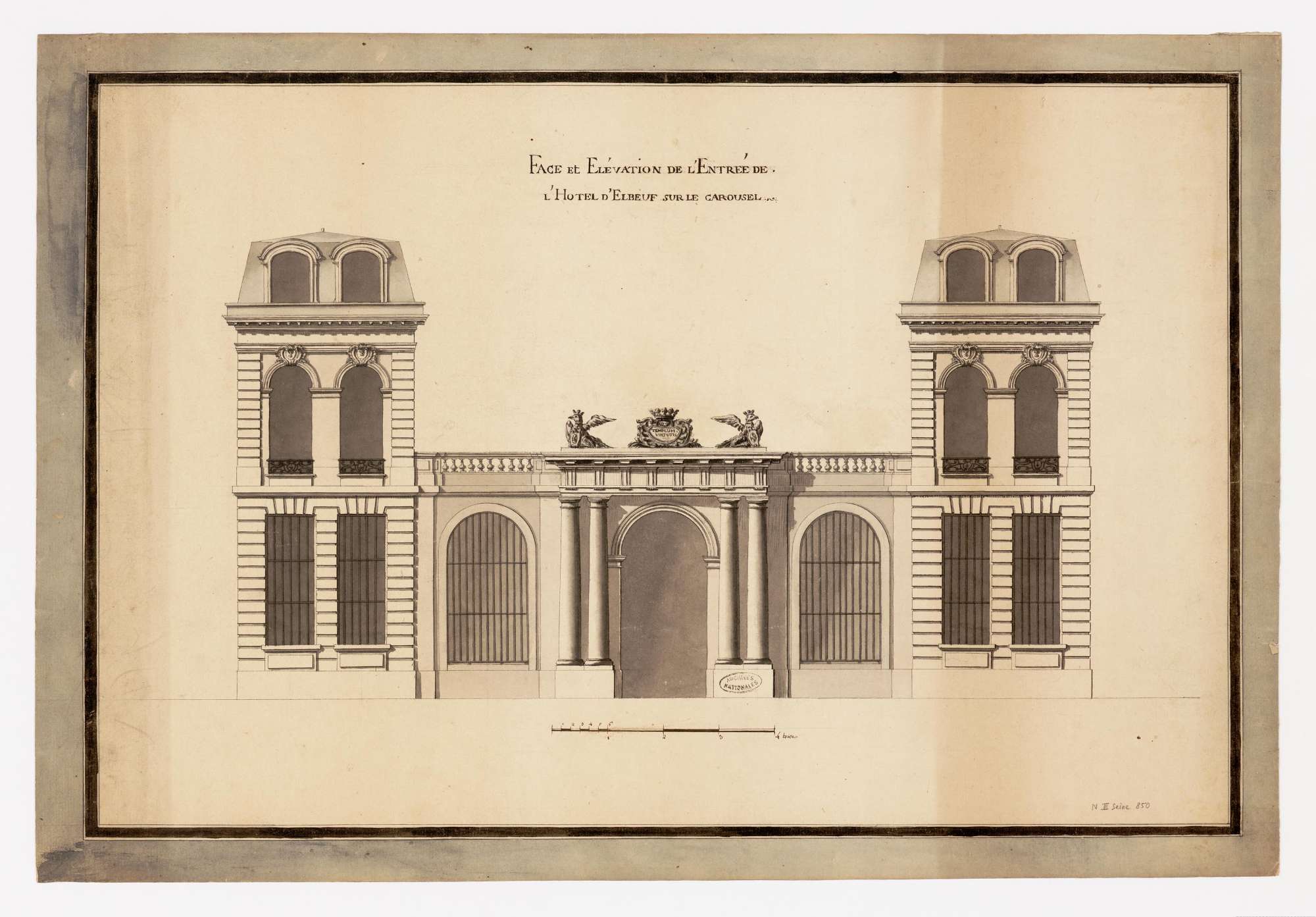by Professor Siân Reynolds
Siân Reynolds is former Professor of French at the University of Stirling, and the author of Marriage and Revolution: Monsieur and Madame Roland (0xford University Press, 2012). Her current research is on the children of the revolutionaries. She is also a member of the Advisory Board for this project. She writes:
Eighteenth-century manuscripts come in all kinds of handwriting, spelling and syntax, from the easily readable to the very challenging. If you have looked at the sample posted on this website, you will know that the duchess of Elbeuf’s Letters come towards the challenging end of the spectrum. The transcript being prepared by the Project Team will be a gift for future readers, but even this modern version of the text (we members of the Advisory Board have seen an early draft) will call for some ingenuity in interpreting it.
Prompted by this first glance at the transcript, I wondered what kind of upbringing and education Innocente-Catherine de Rougé received in the early years of the eighteenth century. She was born in Brittany in 1707, in a family with a string of noble connections, and her two marriages made her very rich. But it looks as if her education was haphazard, to say the least. She expresses herself fluently, but on the page it reads phonetically. (Perhaps she was surrounded by Breton-speaking servants in her childhood, about which we know nothing yet.) She certainly did not receive the kind of formal training a boy born into a similar family might have had at that time.
This suggested a comparison with another female witness to the French Revolution, Marie-Jeanne Phlipon, who was the daughter of an engraver from the Île de la Cité in central Paris.

A drawing of Mme Roland in prison before her execution in 1793. Available via Gallica, the digital hub for the Bibliothèque nationale de France
Despite her much lower station in life, the woman later known as Madame Roland was considerably better educated, thanks to help from literate relatives, a brief spell in a convent and self-schooling. Her famous prison memoirs tell a story, retrospectively and with attitude, but we also have her letters recording day-to-day events and opinions. Perhaps surprisingly, there are some points in common between the reactions of these two strong-minded women, of different status, generation, and above all views of the Revolution.
Continue reading →


